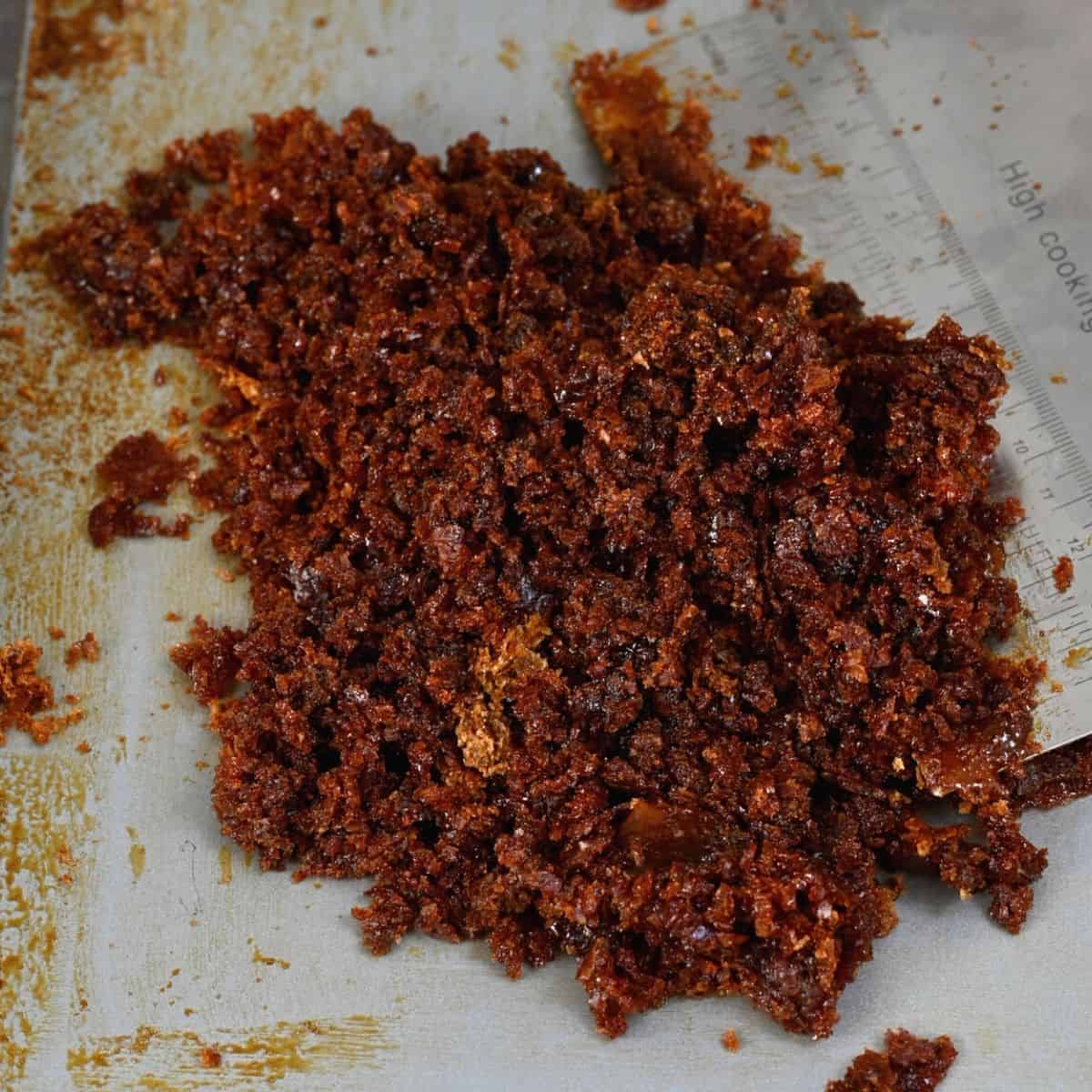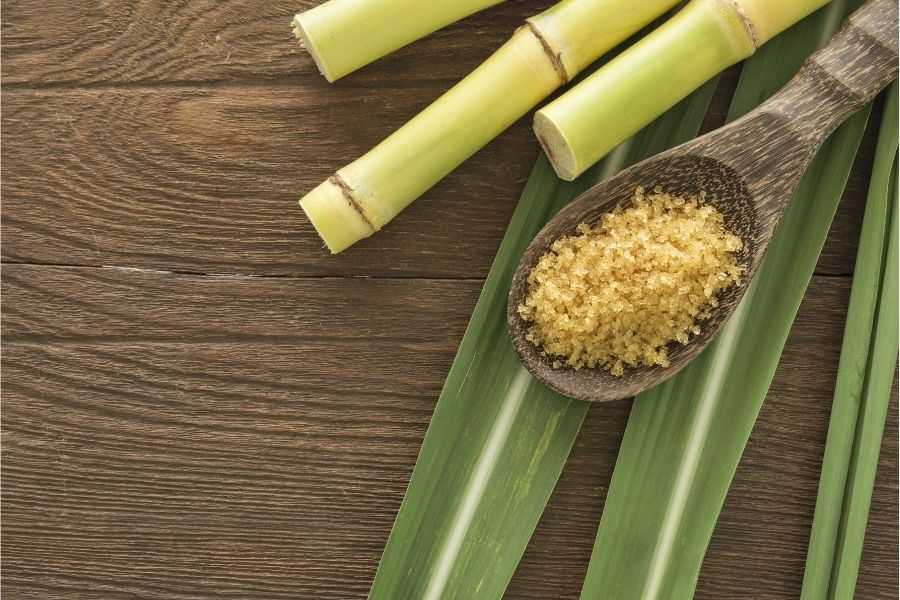The Scientific Research Behind Cane Sugar Processing: Just How Sweet Taste is Improved
The Scientific Research Behind Cane Sugar Processing: Just How Sweet Taste is Improved
Blog Article
A Comprehensive Overview to the Environmental Influence and Sustainability Practices in Walking Stick Sugar Handling
The ecological effect of cane sugar handling provides an intricate variety of challenges that warrant mindful assessment. From dirt deterioration and extreme water usage to the carbon footprint linked with cultivation and production, the repercussions of standard techniques are far-reaching. In contrast, the adoption of ingenious sustainability measures supplies a pathway towards a lot more responsible manufacturing techniques. Recognizing the interaction between these concerns is essential for stakeholders in the sector. What particular methods can be carried out to strike an equilibrium in between productivity and ecological stewardship? The answers depend on a closer consider both the obstacles and potential solutions.
Introduction of Cane Sugar Handling
Walking stick sugar processing entails a collection of systematic actions that transform sugarcane right into refined sugar. At first, harvested sugarcane is carried to processing centers, where it goes through cleansing to remove dirt and debris. Following this, the walking cane is squashed to extract juice, which is after that clarified by removing pollutants through heating and the enhancement of lime.
The made clear juice goes through evaporation, where water is gotten rid of to concentrate the sugar content. These crystals are separated from the continuing to be syrup making use of centrifugation, resulting in raw sugar.
The last product is then dried out and packaged for distribution. Throughout this whole process, keeping efficiency and high quality control is important to guarantee the sugar satisfies sector standards. Each step in walking cane sugar processing not just adds to the end product yet also has effects for resource use and waste generation, setting the phase for conversations on sustainability and ecological impacts connected with sugar manufacturing.
Ecological Difficulties of Production
The manufacturing of cane sugar presents a number of significant ecological obstacles that warrant attention. One key worry is the extensive use agrochemicals, including pesticides and fertilizers, which can lead to dirt deterioration, biodiversity loss, and contamination of regional water sources. The runoff from sugarcane areas often lugs these chemicals into nearby communities, disrupting aquatic life and affecting the health and wellness of communities reliant on these water bodies.
Another difficulty is the high power intake related to sugarcane processing. The boiling and refining phases need considerable warm, primarily produced by melting nonrenewable fuel sources, adding to greenhouse gas discharges. Furthermore, the large acreage required for sugarcane growing can result in deforestation and habitat devastation, more exacerbating environment change and threatening wildlife.
Moreover, the labor methods in some regions elevate ethical worries, as workers may deal with poor working problems and insufficient wages. This circumstance often continues a cycle of hardship in regional communities. Cane Sugar Processing. Addressing these ecological difficulties is crucial for developing much more sustainable techniques in walking stick sugar production, ultimately benefiting both the environment and the areas associated with this industry
Water and Land Usage Effect
Water resources and land usage are crucial components in the walking cane sugar market that substantially impact the setting. The farming of sugarcane calls for substantial water input, with quotes recommending that it can take in as much as 2,000 liters of water per kilogram of sugar generated. This intensive use water usually leads to depletion of regional water resources, impacting not only the sugarcane vineyards however likewise surrounding ecosystems and areas that rely upon the very same water sources for farming and residential usage.

Additionally, land use for sugarcane farming can lead to deforestation and the conversion of all-natural environments into monoculture ranches. This method diminishes biodiversity, disrupts regional ecosystems, and adds to dirt degradation. The growth of sugarcane fields commonly elbows in on important agricultural land, developing competitors for resources in between food and biofuel production.
Sustainable methods, such as optimizing watering strategies and executing plant rotation, are vital to YOURURL.com mitigate these impacts. By taking on much more efficient water use and land administration approaches, the walking cane sugar industry can decrease its ecological footprint, guaranteeing a balance in between farming efficiency and ecological conservation.
Greenhouse Gas Emissions
Greenhouse gas emissions represent a considerable ecological issue within the walking cane sugar processing market, specifically as farming techniques broaden to meet global demand. The cultivation of sugarcane, a crop that thrives in tropical climates, relies greatly on synthetic plant foods and pesticides, which add to nitrous oxide discharges. Furthermore, land-use modifications, including deforestation for brand-new sugarcane plantations, launch carbon dioxide kept in plant life and soil.
During handling, power usage is another significant resource of greenhouse gas discharges - Cane Sugar Processing. Many sugar mills make use of nonrenewable fuel sources to power machinery and generate warmth, leading to significant carbon impacts. Moreover, the transportation of raw sugarcane and ended up items adds layers of exhausts with fuel burning in cars
The cumulative impact of these emissions aggravates climate change, presenting risks not just to the environment yet likewise to the long-term viability of the market. Stakeholders should identify the urgent demand for extensive approaches that attend to these exhausts. This includes reviewing present farming practices, refining methods, and transport systems to identify areas for renovation and mitigation. Resolving greenhouse gas discharges is essential for promoting an extra sustainable walking stick sugar sector in a changing climate.

Sustainable Practices and Innovations
Sustainable techniques and advancements are increasingly essential in the walking cane sugar processing industry as stakeholders look for to decrease ecological effects while maintaining performance. One considerable advancement is the application of integrated plant administration, which optimizes source usage by integrating dirt administration, pest control, and plant rotation strategies. This approach boosts yield while minimizing chemical inputs and maintaining soil health.
Moreover, the fostering of renewable power sources, such as biomass from sugarcane residues, has actually gained grip - Cane Sugar Processing. By converting waste items into energy, refining facilities can lower their reliance on fossil gas, thereby reducing greenhouse gas exhausts
Water administration practices have actually additionally seen enhancements through the recycling and reusing of water in processing go to these guys plants, significantly decreasing freshwater intake. Innovations in innovation, such as accuracy agriculture, make it possible for farmers to keep an eye on plant health and source use better, guaranteeing lasting farming practices.
Moreover, qualification programs like Fair Trade and Rain forest Alliance motivate ecologically liable farming practices and promote social equity within the supply chain. By welcoming these lasting practices and developments, the walking stick sugar handling sector can enhance its durability and contribute positively to environmental stewardship.
Verdict
The ecological influence of walking cane sugar handling presents significant difficulties, including soil deterioration, high water usage, and greenhouse gas discharges, along with moral worries connected to labor methods. Resolving these concerns via you can try here lasting techniques, such as incorporated plant monitoring, renewable resource adoption, and water recycling, is crucial. By advertising ecologically accountable and socially equitable methods in sugar production, the sector can mitigate its adverse impacts, guaranteeing a much more sustainable future for both environments and neighborhoods associated with this industry.
Walking stick sugar processing involves a collection of methodical steps that change sugarcane right into refined sugar. Each step in walking cane sugar handling not only contributes to the last item however also has implications for source use and waste generation, setting the phase for discussions on sustainability and ecological effects connected with sugar production.
Greenhouse gas exhausts represent a substantial ecological concern within the walking stick sugar processing market, particularly as farming practices broaden to fulfill global need.Lasting methods and innovations are progressively vital in the walking stick sugar handling industry as stakeholders seek to lower ecological impacts while preserving performance.The environmental effect of walking cane sugar handling presents considerable obstacles, including dirt destruction, high water consumption, and greenhouse gas discharges, along with ethical issues associated to labor techniques.
Report this page